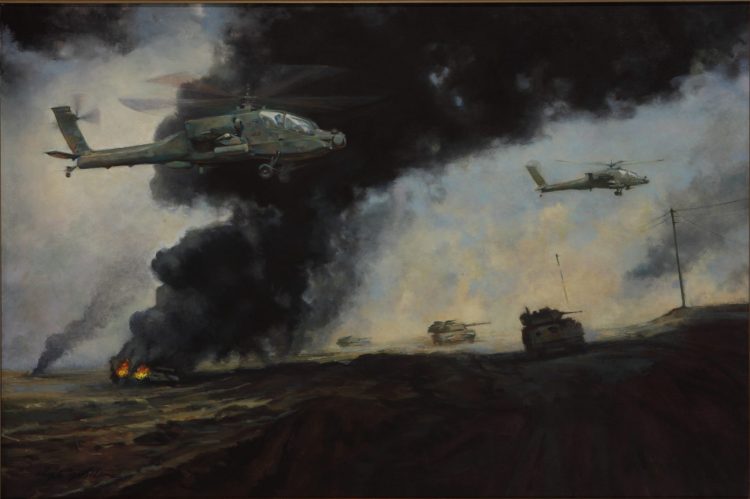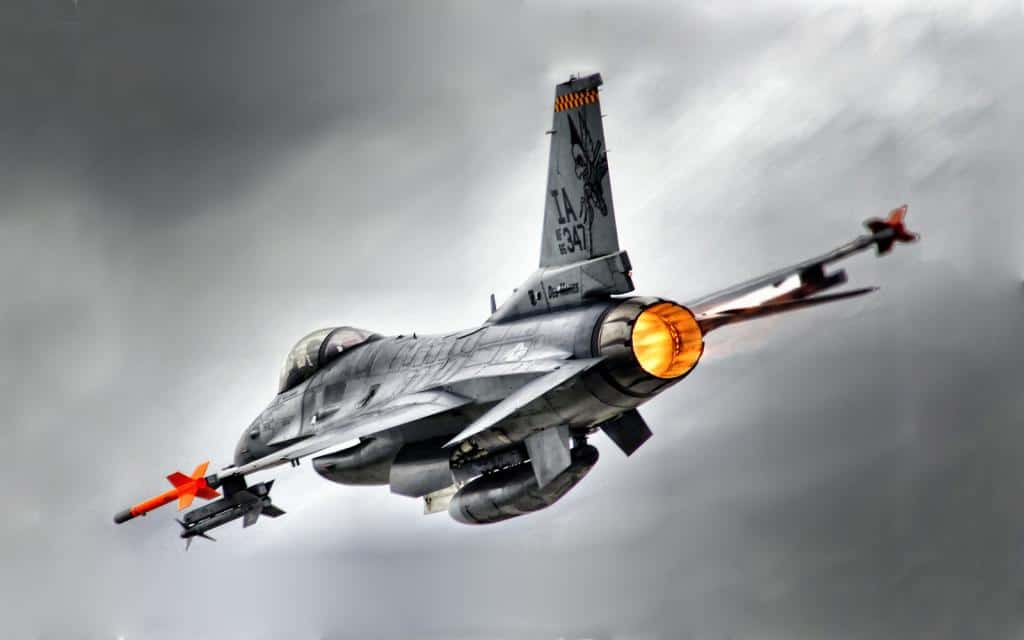So You Want to Fly Army?

If you’re a regular to the annals of BogiDope, odds are pretty high that you’re fully aware of the United States Air Force’s beginnings. You’re, no doubt, deeply educated about Billy Mitchell (WWI pilot – Army officer) pitching airpower to the United States War Department, stating that wars would become truly three-dimensional and that the team that controlled the air would win (then) future conflicts. Despite the very public dismantling of Mitchell’s career, WWII (and subsequent conflicts) proved him prophetic and he was subsequently rewarded with two stars posthumously by FDR. The war expanded the Army Air Corps (which became the Army Air Forces) rapidly and its implementation was utterly critical in the eventual victory of the Allies, just as Mitchell said it would be.
If you aren’t aware of these events and would like to learn more, there are several good biographies about Mitchell. Or, for broader history, I highly recommend the book Masters of the Air: How the Bomber Boys Broke Down the Nazi War Machine by Donald Miller (incidentally, the subject of the next Tom Hanks and Steven Spielberg miniseries). But even without this history, you certainly know that the Army Air Forces became the United States Air Force shortly after WWII.
Far from being the end of aviation in the United States Army, the creation of the new branch of service, along with the advent of rotary-wing flight, simply served to redefined what flying soldiers would be doing as many of their former mission sets became the expertise of their Air Force brethren. Today, the Army very nearly has the same number of aircraft as the Air Force, and, just like the Air Force, the Army is having a hard time hanging on to experienced aviators and quality officers to fly those aircraft. The civilian opportunities that for so long targeted Air Force, Navy and Army (yes, Army) fixed-wing flyers have expanded to offer amazing training and transition opportunities to the rotary-wing pilots of all branches. It’s for this reason that BogiDope.com will, starting now, be breaking into the world of Army Aviation. To inform, educate and encourage motivated, quality candidates on how to become aviators in the most advanced rotary-wing aircraft in the world (or to fly fixed-wing for the Army if you’re into wearing Tevas, Hawaiian shirts and Ray-Bans as part of your uniform).
It’s our goal to not only ensure a consistent flow of these quality candidates into the front seats of Army aircraft, but to help those same quality candidates to maximize the benefits of being an Army aviator while hopefully avoiding some of the pitfalls so common to the unaware and/or inexperienced. But before diving into the various avenues to enter Army Aviation, the training and prerequisites, etc., a brief overview of the aircraft flown by the Army and the mission sets that they accommodate seems appropriate. Because as any good Joe will tell you, “Knowing is half the battle!”
Table of Contents
- Army Aviation’s Mission
- GUNS, GUNS, GUNS!!!
- Air Assault and Air Movement
- Aeromedical Evacuation
- Conclusion
Army Aviation’s Mission
The officially stated mission of United States Army Aviation is to “find, fix and destroy any enemy through fire and maneuver, and to provide combat support and combat service support in coordinated operations as an integral part of the combined arms team, fully integrated within the joint operational framework,” (as a reference point, one who likes to dive DEEPLY into military doctrine without first taking a couple breaths of standard human-speak air should look up FM 3-04: Army Aviation). In more palatable words: Army Aviation’s job is to support the people on the ground in doing their job, which is, in short, to take ground away from the bad guys, by force if necessary.
The aviation assets of the Army can help in this task in an almost innumerable amount of ways, particularly given the capabilities that rotary-flight offers. These applications began to be tested and used at a small scale in Korea, but found their baptism and large-scale use during the Vietnam War. The concept of Air Assault was propagated to such a degree in that conflict that it has since been dubbed by many as “The Helicopter War.” News reels, films and books about Vietnam all invariably bare images of the UH-1 "Huey" dropping soldiers in hot landing zones (LZs) and picking countless wounded up almost simultaneously. Who can forget the most iconic use of the song “Flight of the Valkyries” as Bob Duvall and company laid waste to a small village in Apocalypse Now?

It was also during this war that the effective application of helicopters in an attack/support role was tested, proven and stamped as dependable and necessary. The AH-1 Cobra became the Army’s first designated “attack helicopter,” built solely for the purpose of finding and chewing up those of ill-intent. Following the conflict in Vietnam, the demands of the Cold War and the many worldwide skirmishes that it caused led to the continued evolution of the Army’s aviation platforms and their capabilities and missions. The fiasco at Desert One in Iran led to the formation of the first ever Special Operations aviation outfit. Grenada, Panama, Iraq and Somalia, right up to the conflicts of the past 20 years have served to shape and modernize what the Army, its aircraft and its pilots do to support those soldiers on the ground who are, still to this day, working to take ground from the bad guys.
Here are the instruments those pilots are wielding:
GUNS, GUNS, GUNS!!!
There’s a common joke among Army aviators about the type of pilots that fly attack aircraft. Mostly that they’re jock-ish, loud, boisterous, overconfident and incredibly proud of/obsessed with the weapons that they bring to bear. For the most part, all of this is absolutely true. But who can blame them? Sincerely, try and blame an Apache pilot for thinking that being an Apache pilot is cool:









